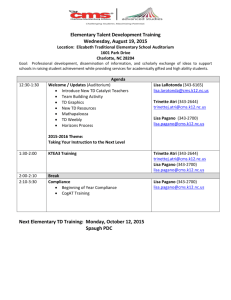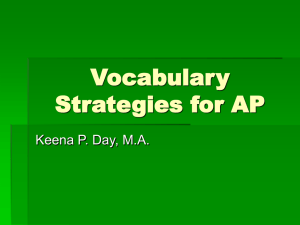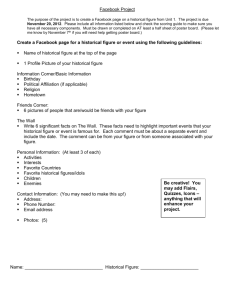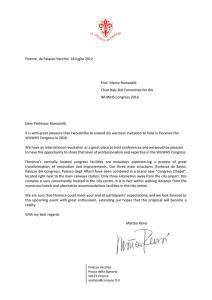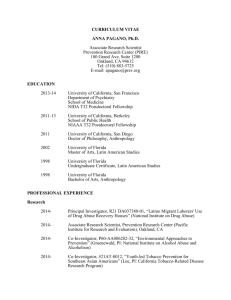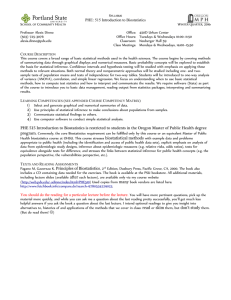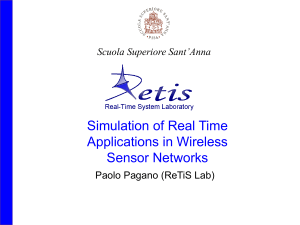Una casa per tutti
advertisement
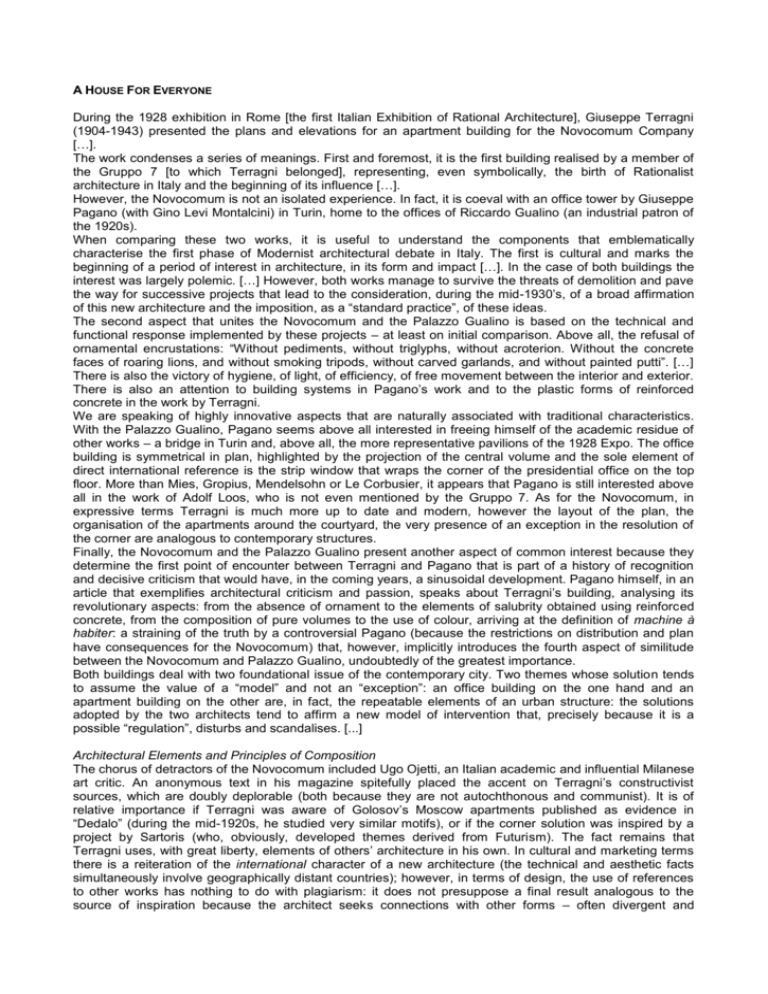
A HOUSE FOR EVERYONE During the 1928 exhibition in Rome [the first Italian Exhibition of Rational Architecture], Giuseppe Terragni (1904-1943) presented the plans and elevations for an apartment building for the Novocomum Company […]. The work condenses a series of meanings. First and foremost, it is the first building realised by a member of the Gruppo 7 [to which Terragni belonged], representing, even symbolically, the birth of Rationalist architecture in Italy and the beginning of its influence […]. However, the Novocomum is not an isolated experience. In fact, it is coeval with an office tower by Giuseppe Pagano (with Gino Levi Montalcini) in Turin, home to the offices of Riccardo Gualino (an industrial patron of the 1920s). When comparing these two works, it is useful to understand the components that emblematically characterise the first phase of Modernist architectural debate in Italy. The first is cultural and marks the beginning of a period of interest in architecture, in its form and impact […]. In the case of both buildings the interest was largely polemic. […] However, both works manage to survive the threats of demolition and pave the way for successive projects that lead to the consideration, during the mid-1930’s, of a broad affirmation of this new architecture and the imposition, as a “standard practice”, of these ideas. The second aspect that unites the Novocomum and the Palazzo Gualino is based on the technical and functional response implemented by these projects – at least on initial comparison. Above all, the refusal of ornamental encrustations: “Without pediments, without triglyphs, without acroterion. Without the concrete faces of roaring lions, and without smoking tripods, without carved garlands, and without painted putti”. […] There is also the victory of hygiene, of light, of efficiency, of free movement between the interior and exterior. There is also an attention to building systems in Pagano’s work and to the plastic forms of reinforced concrete in the work by Terragni. We are speaking of highly innovative aspects that are naturally associated with traditional characteristics. With the Palazzo Gualino, Pagano seems above all interested in freeing himself of the academic residue of other works – a bridge in Turin and, above all, the more representative pavilions of the 1928 Expo. The office building is symmetrical in plan, highlighted by the projection of the central volume and the sole element of direct international reference is the strip window that wraps the corner of the presidential office on the top floor. More than Mies, Gropius, Mendelsohn or Le Corbusier, it appears that Pagano is still interested above all in the work of Adolf Loos, who is not even mentioned by the Gruppo 7. As for the Novocomum, in expressive terms Terragni is much more up to date and modern, however the layout of the plan, the organisation of the apartments around the courtyard, the very presence of an exception in the resolution of the corner are analogous to contemporary structures. Finally, the Novocomum and the Palazzo Gualino present another aspect of common interest because they determine the first point of encounter between Terragni and Pagano that is part of a history of recognition and decisive criticism that would have, in the coming years, a sinusoidal development. Pagano himself, in an article that exemplifies architectural criticism and passion, speaks about Terragni’s building, analysing its revolutionary aspects: from the absence of ornament to the elements of salubrity obtained using reinforced concrete, from the composition of pure volumes to the use of colour, arriving at the definition of machine à habiter: a straining of the truth by a controversial Pagano (because the restrictions on distribution and plan have consequences for the Novocomum) that, however, implicitly introduces the fourth aspect of similitude between the Novocomum and Palazzo Gualino, undoubtedly of the greatest importance. Both buildings deal with two foundational issue of the contemporary city. Two themes whose solution tends to assume the value of a “model” and not an “exception”: an office building on the one hand and an apartment building on the other are, in fact, the repeatable elements of an urban structure: the solutions adopted by the two architects tend to affirm a new model of intervention that, precisely because it is a possible “regulation”, disturbs and scandalises. [...] Architectural Elements and Principles of Composition The chorus of detractors of the Novocomum included Ugo Ojetti, an Italian academic and influential Milanese art critic. An anonymous text in his magazine spitefully placed the accent on Terragni’s constructivist sources, which are doubly deplorable (both because they are not autochthonous and communist). It is of relative importance if Terragni was aware of Golosov’s Moscow apartments published as evidence in “Dedalo” (during the mid-1920s, he studied very similar motifs), or if the corner solution was inspired by a project by Sartoris (who, obviously, developed themes derived from Futurism). The fact remains that Terragni uses, with great liberty, elements of others’ architecture in his own. In cultural and marketing terms there is a reiteration of the international character of a new architecture (the technical and aesthetic facts simultaneously involve geographically distant countries); however, in terms of design, the use of references to other works has nothing to do with plagiarism: it does not presuppose a final result analogous to the source of inspiration because the architect seeks connections with other forms – often divergent and contradictory one from the other – in order to produce syntheses that, from the first projects, are all defined by their originality. […] The Novocomum: A True Transatlantic Liner The recurring formal model of the apartment building, at the time of the construction of the Novocomum, continued to maintain its renaissance origins and, other than symmetry and the use of classical orders, is based on the vertical stratification of homogenous functional and decorative elements (base course, façade, cornice and attic). The base and façade overlap one another, conserving the same line, the cornice steps forward to cover the building, while the attic – often added later – was set back to lighten the mass and diminish its vertical perception from the street. Even while adopting the same principle of articulation in the section and stratification, with the Novocomum Terragni operates a 180-degree inversion of renaissance trends. The upper elements are moved downwards, and vice versa: the setback of the attic takes place at the point of contact between the street and the building and not between the building and the sky; the projecting enclosure of the cornice is found at the second level, and not the penultimate level, the overlapping of the line of the façade, in elevation and at the base course organises the successive levels and encloses the building in a compact manner near the top. This inversion (in particular the choice not to have a cornice at the top of the mass, but a projecting volume at the second level that figuratively compresses and functionally protects the ground floor), substitutes the static nature of the block with the dynamic tensions of a modern approach to construction. […] In addition to its profile, a sort of “opposing analogy” with respect to a traditional model can also be found in the corner solution and the design of the main façade. Referring to a standard method of working, Terragni identifies the corner as the atypical point of the composition though, the thickening of matter found in a traditional building (of which the building at the end of the same block can be taken as an example), substitutes an act of carving out: the projection of the top floor and the transparency of the glazed volume below, instead of sanctioning the solidity of masonry construction, affirms the lightness of reinforced concrete. On the main façade, Terragni does not implement a vertical highlighting of the entrance with the consequent emphasis on the central axis, but uses a continuous placement of window openings and balconies that cancels the potential symmetry of the façades. The result is that, instead of completing a symmetry based on the central axis of the entrance, the projections of the upper floor, and the two wedge-like stair volumes that provide access to the offices from the street, reinforce its horizontality. The orange colour of the floor slabs, cantilevers and balconies, together with the azure colour of the pipe railings, also chromatically underlines the figurative preponderance of the building’s horizontal lines. However, Terragni’s invention goes beyond all of these activities, notwithstanding their importance. At the corner – other than the opposition between thickening and carving out – the architect enriches the constructivist reference found in the glazed cylinder under the projection, with the Mendelsohn-esque wrapping of the second floor. This combination of an approach based on the “assemblage” of elements with another based on the expressive “continuity” of the building volume is entirely original. Terragni exploits these suggestions, surpassing them in a work of architecture that simultaneously expresses the building’s connection to its context (the city block) and its extension towards its natural surroundings and the view over the lake. The metaphor of the transatlantic liner that connoted the building from the outset, continues to effectively synthesise its most important aspects: the singularity of its profile, its technological and constructive efficiency, the horizontal organisation of its form and, finally, the peculiarity of the corner: both a sharp bow – at the top floor – and wrapping stern at the second floor. In all of these aspects, Terragni transforms the traditional image of urban construction at the time: from a static renaissance derivation to a charge of dynamic tensions; from something enclosed within itself to something transparent; from a something heavily pyramidal to something projected into space. Returning to the relationship with Palazzo Gualino, Pagano pares down the forms in a rigour aimed at constructing an anonymous piece of the city: functional, simple, strong, and replicable. This is how he designs his building and this is how he reads the Novocomum. It is his way of referring to the new spirit: a tension that must invest a great deal in order to have an effect on the city and society. […] For Terragni, the new spirit is precisely that indicated by Le Corbusier at the time: an aesthetic tension that inserts the forms and inspirations of contemporary society within its repertory. In the Novocomum, the Pagano’s regulating force and Terragni’s poetic efforts are held together by the theme of the “dwelling”, […]. Later on they will be divided, but the Novocomum conserves the attractiveness of an approach to be followed by Modern architecture in Italy: an approach that unites technical development with expressive research that illuminates consolidated models with new suggestions.

